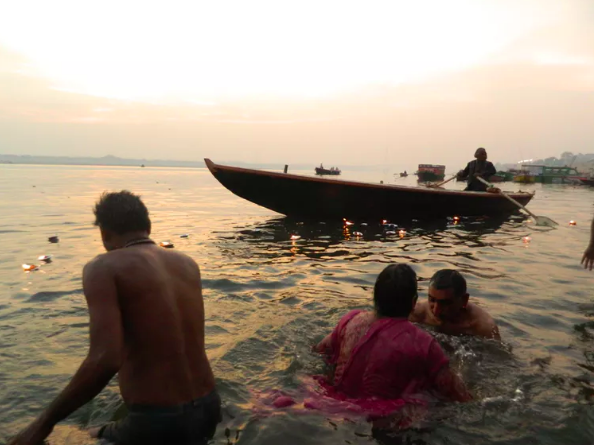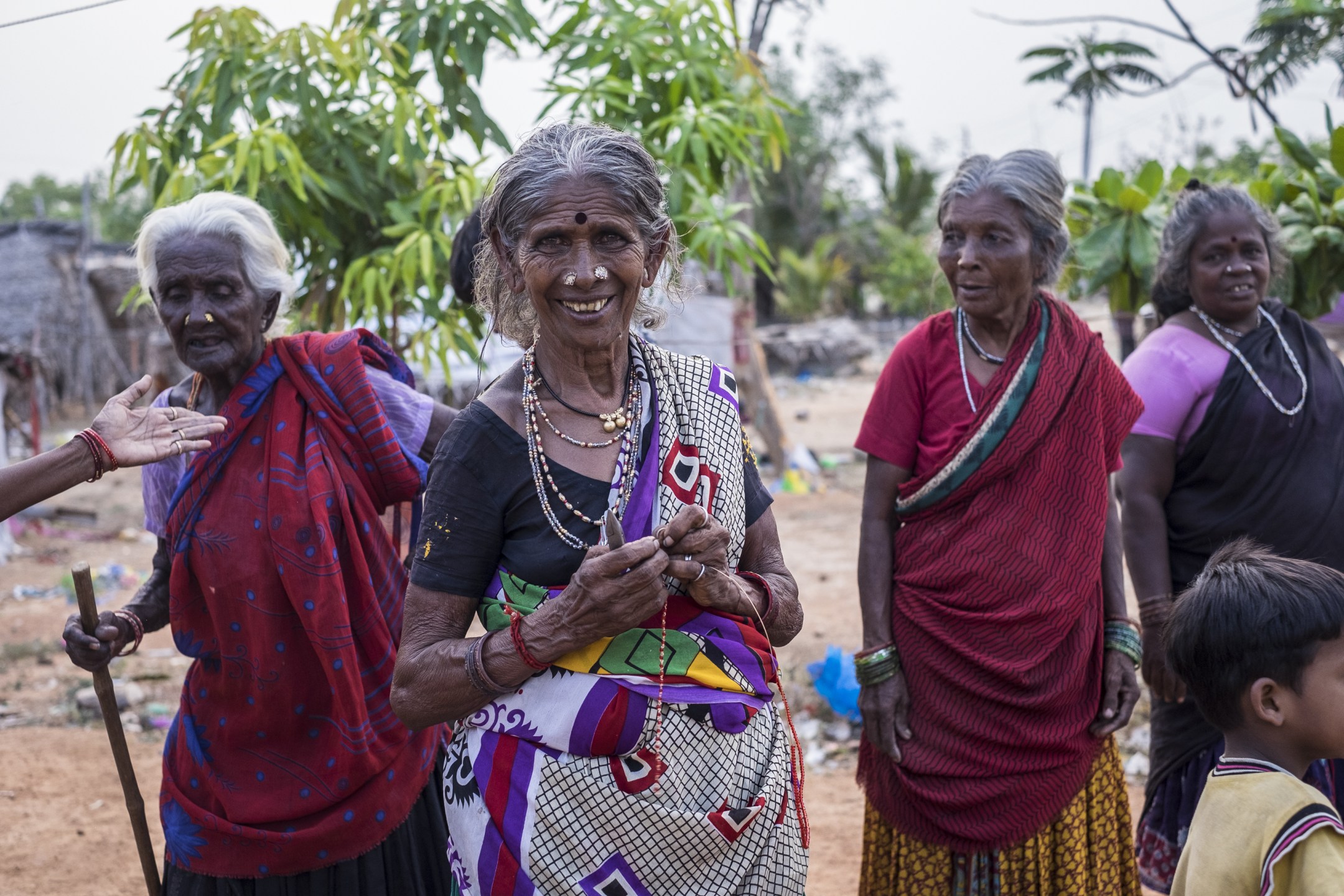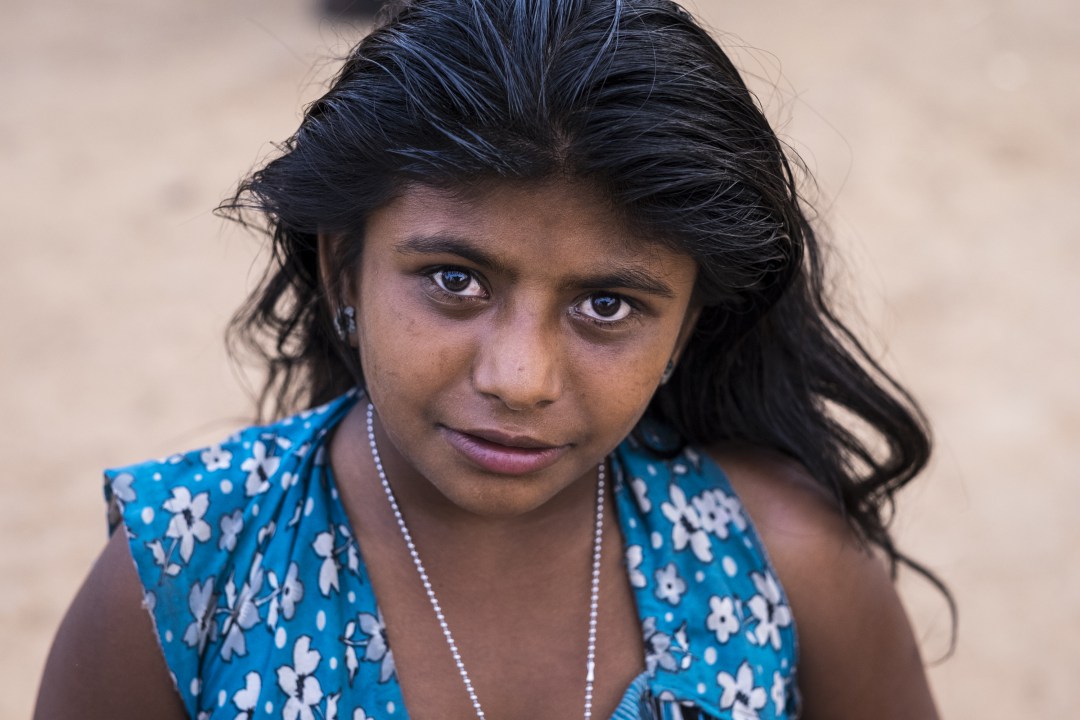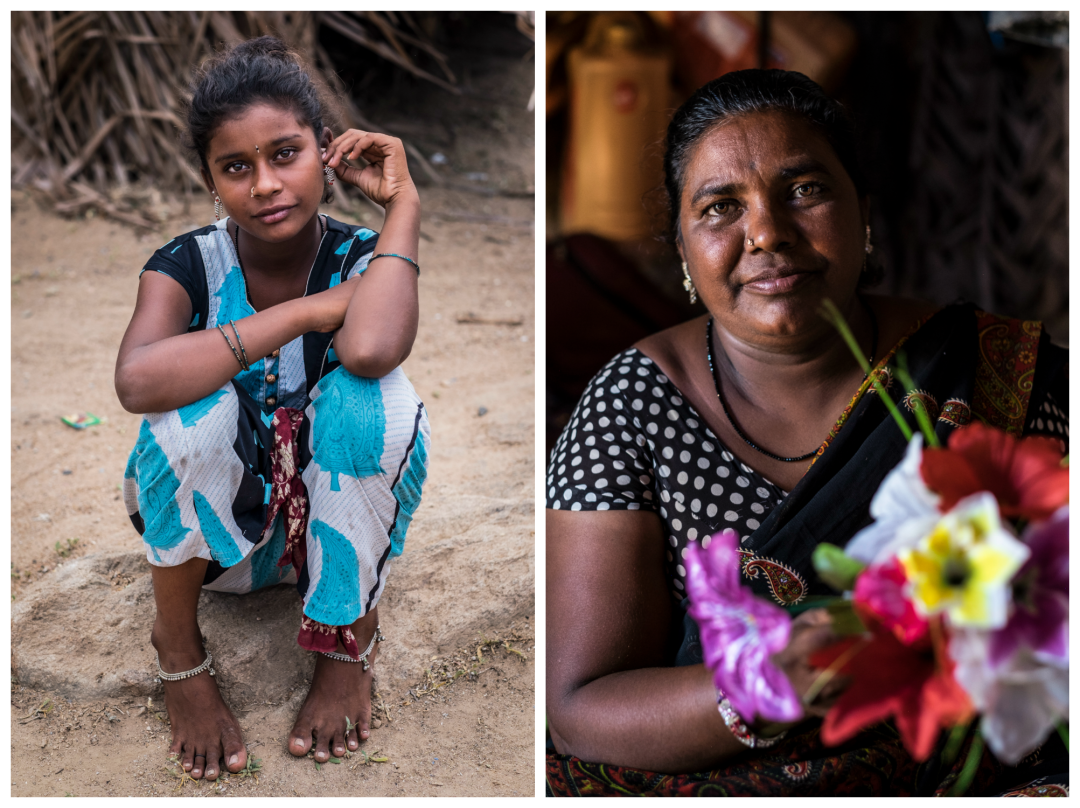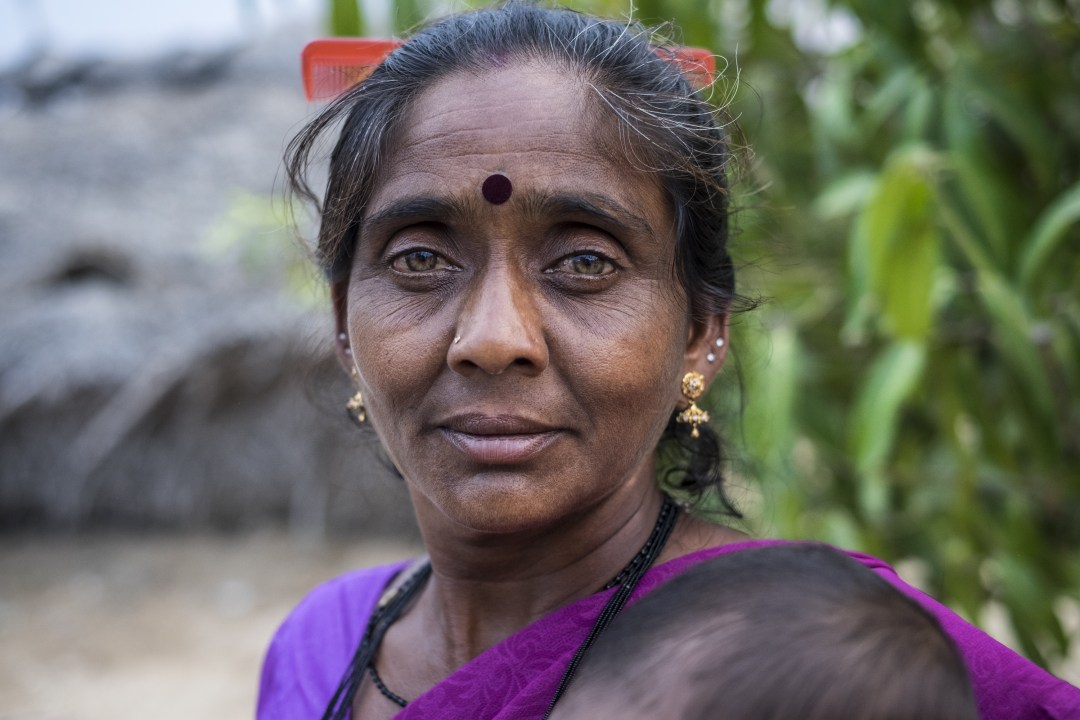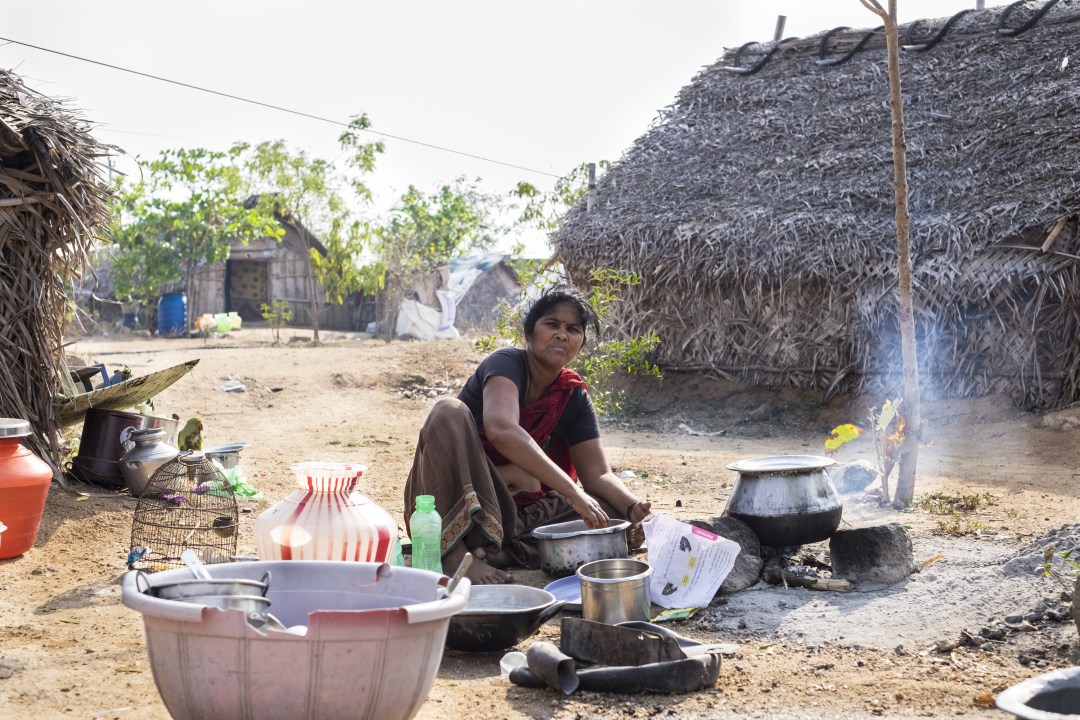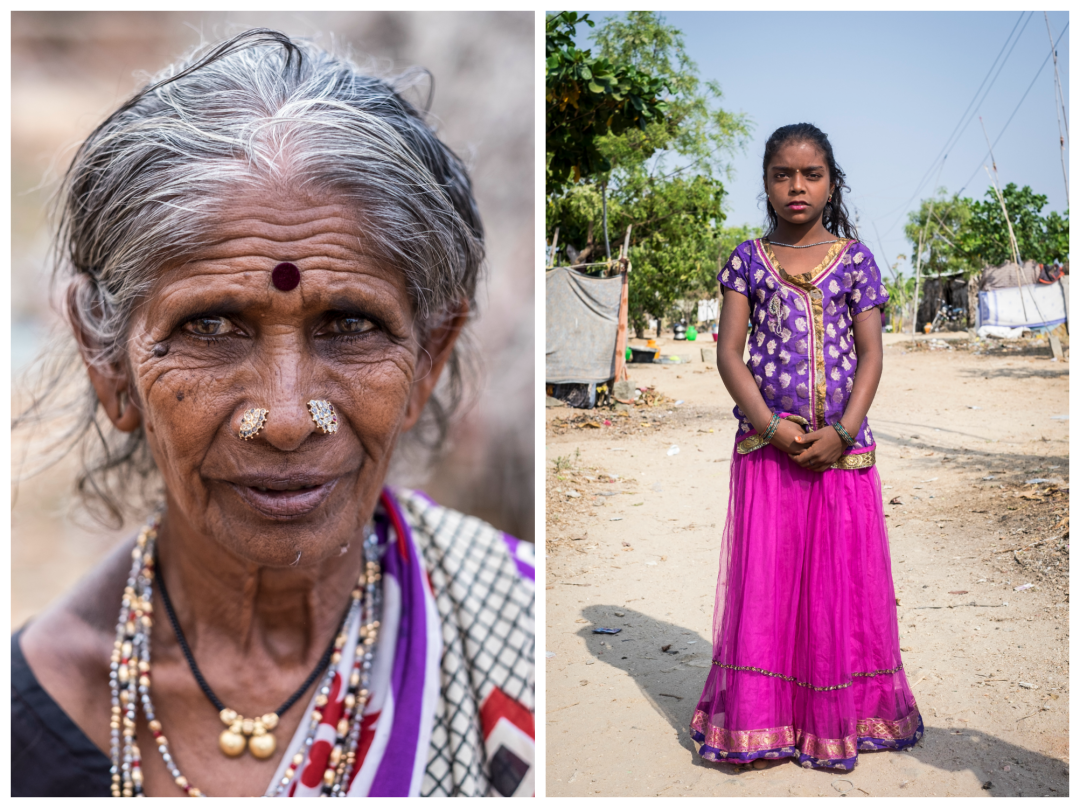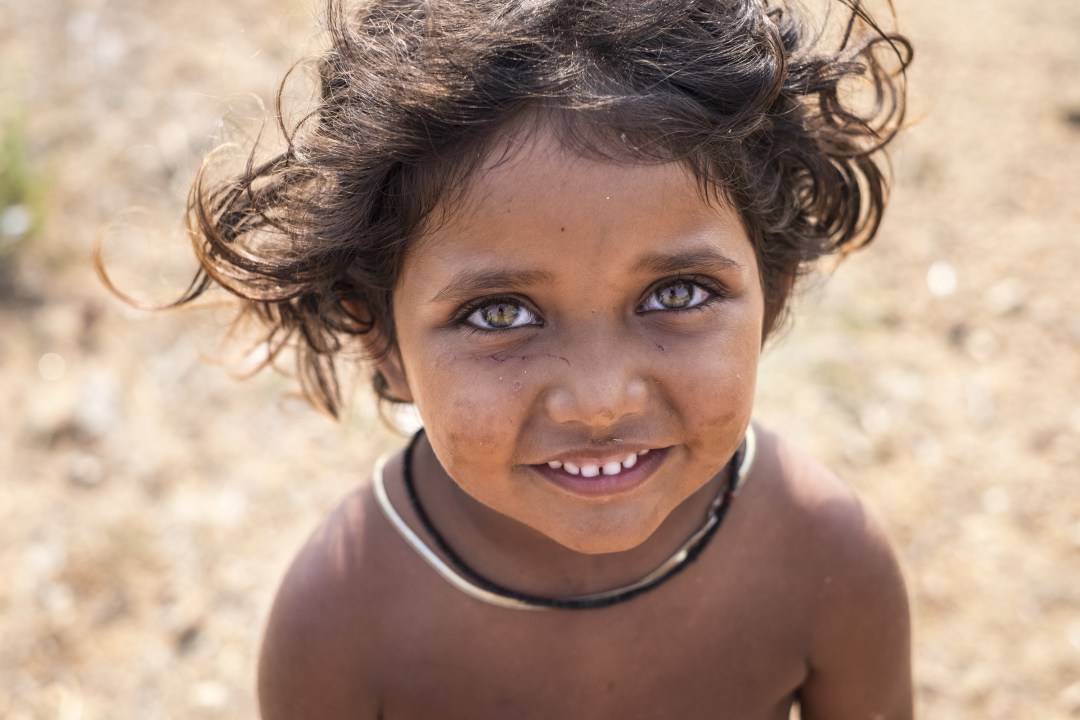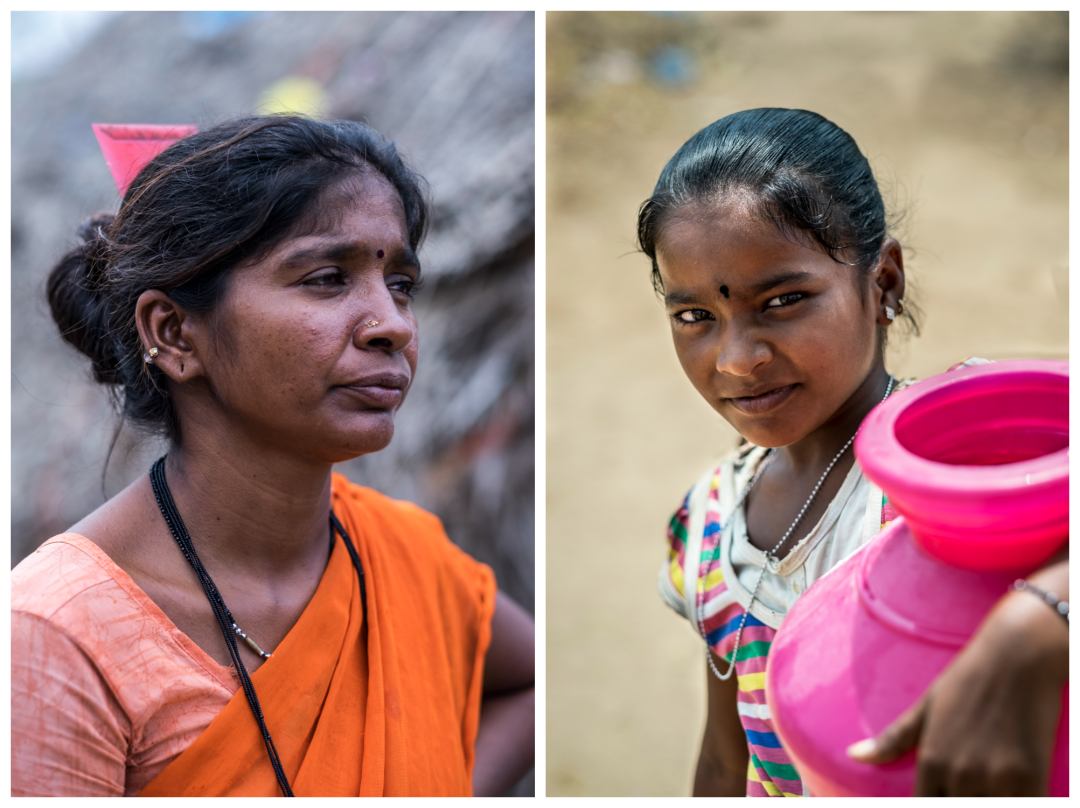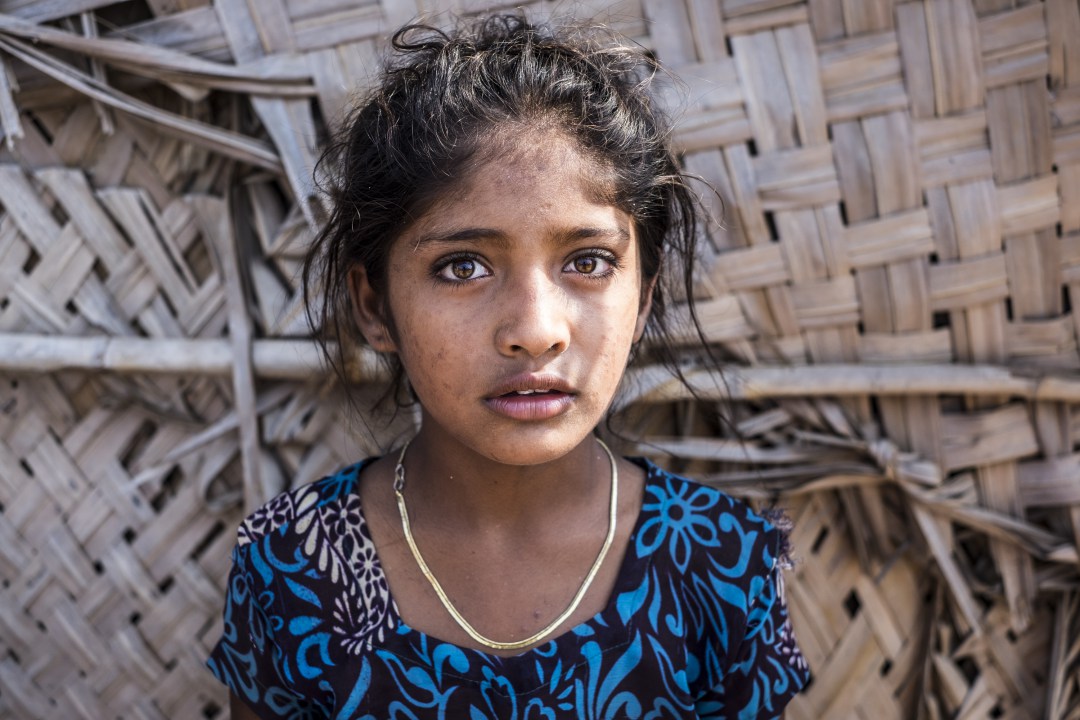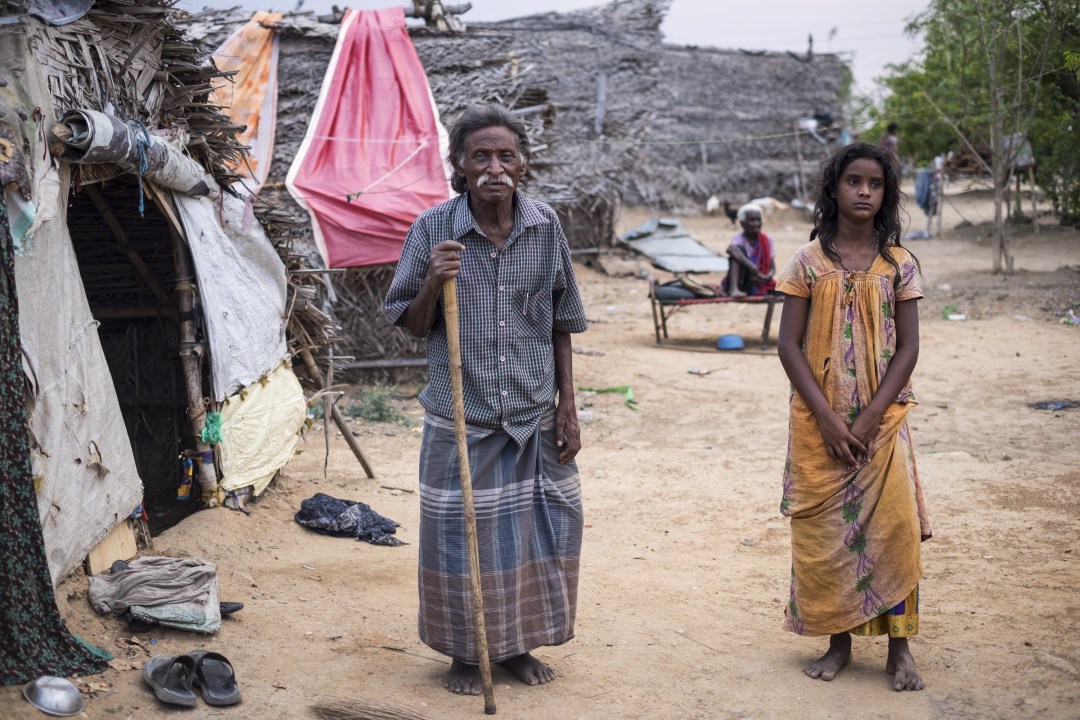India joins Ireland, Kenya, and Canada as one of the four countries worldwide with tax free menstrual products.
Image Credit: Nick Kendrick. CC BY 2.0
Almost a month ago, in response to widespread protests, India declared sanitary pads tax-free.
"This was a most-awaited and necessary step to help girls and women to stay in school, their jobs, to practise proper menstrual hygiene,” Surbhi Singh, founder of Sachi Saheli, a menstrual health charity, told the Thomson Reuters Foundation.
The decision to tax menstrual products was made over a year ago under the new national goods and services tax that united all India’s states in a single tax system with the same rates for the whole country. Under the new tax tampons were taxed 12% - the same amount as many luxury items. This was despite the fact that many contraceptives as well as condoms were exempt.
The tax sparked widespread protests and inspired the organization She Says to coin the slogan #lahukalagaan - Hindi for tax on blood. One petition by lawmaker Sushmita Dev to revoke the tax received 400,000 signatures. “Clearly the government had put forth frivolous arguments for one year and then delayed it,” Dev tweeted in response to the tax.
After over a year of protests, petitions, and widespread outrage, the tax was finally repealed late this July. Finance minister Piyush Goya told reporters that India’s “sisters and mothers will be happy to hear that sanitary pads have been given a 100% exemption and brought down to a tax rate of zero. Now there will be no [tax] on sanitary pads.”
Despite their new tax exempt status, it is incredibly hard for Indian women in rural areas to acquire sanitary products—according to the BBC four out of five women in India lack proper resources for menstrual care. Sanitary pads cost between five to twelve rupees each, meaning that often rags, ashes, leaves, and even sawdust are the only options for girls and women. The lack of sanitary care is tied to dramatically increased rates of infection, but is also linked to girls missing or dropping out of school.
India’s decision to exempt sanitary pads from taxes is adding the the global conversation surrounding period poverty. The charity Plan International UK released information that 1 in 10 girls and women under 21 can’t afford to purchase sanitary products. Women, as well as transgender and nonbinary people who menstruate, have their period for an average of 2,535 days of their lives. For those without access to sanitary products, that’s almost seven years of struggling to attend school or work without necessary products. Even people who can afford pads or tampons often experience anxiety around setting aside enough money to afford them each month.
According to Jo Feather, the ActionAid senior policy advisor, the issue is tied to gender inequality. She told the Independent that, “to solve period poverty globally we need to collectively address the issue of gender inequality at its root. We must not allow women and girls to be identified primarily by their biological functions and ensure their periods are celebrated, not ashamed, and can be a positive step in exercising empowerment.”
A significant aspect of period poverty is the stigma in many countries surrounding the topic. Often this taboo silences women, and keeps lawmakers from passing the necessary legislation that could make sanitary pads and tampons available to all women.
EMMA BRUCE is an undergraduate student studying English and marketing at Emerson College in Boston. While not writing she explores the nearest museums, reads poetry, and takes classes at her local dance studio. She is passionate about sustainable travel and can't wait to see where life will take her.







